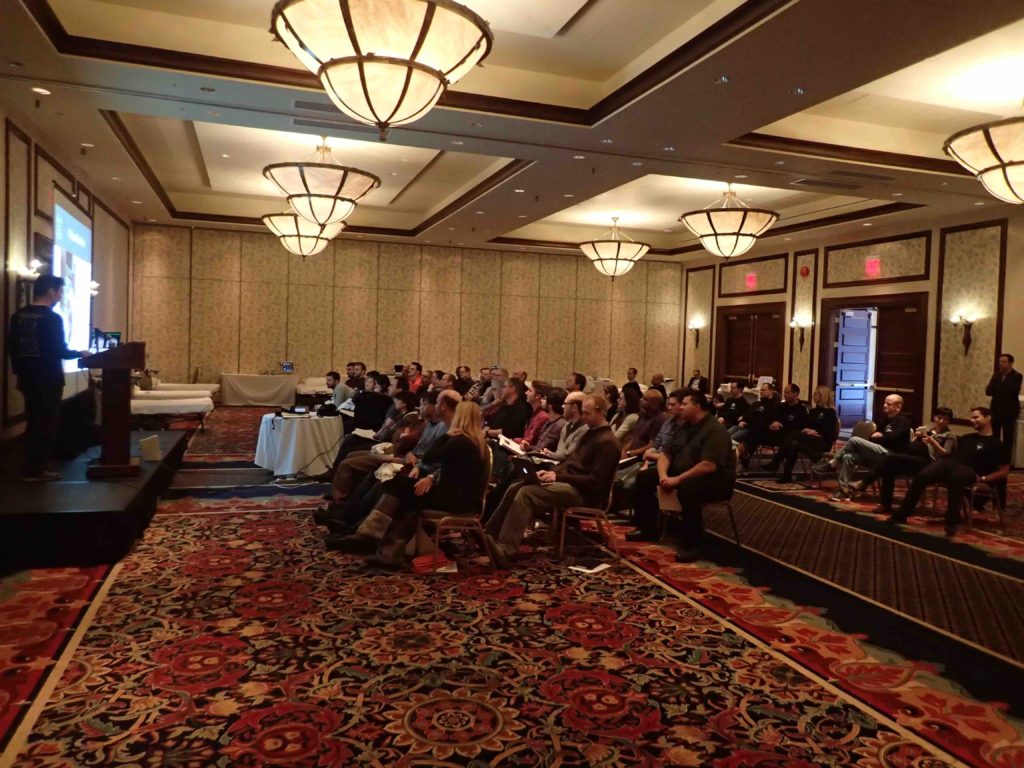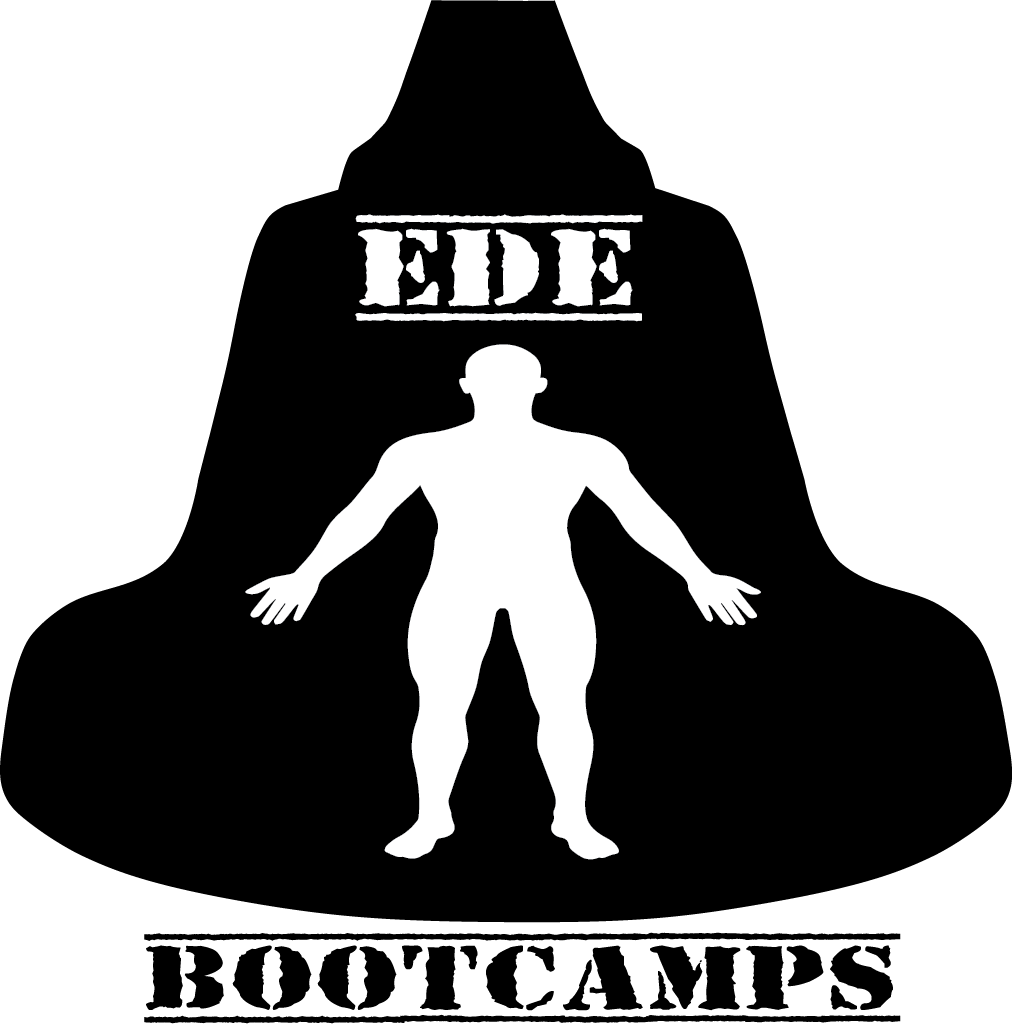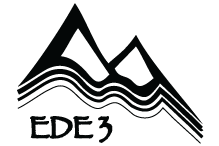
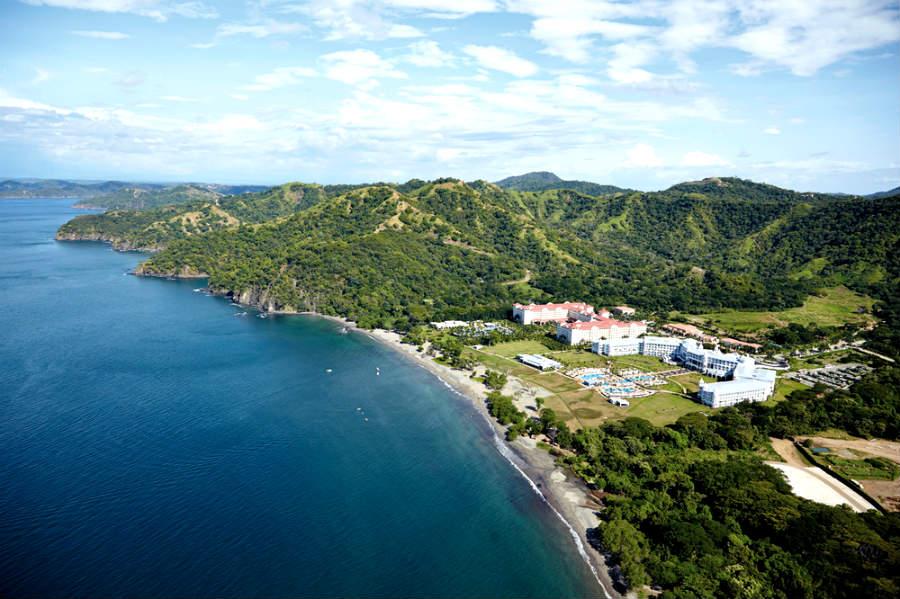
Hotel Riu Palace Guanacaste Costa Rica


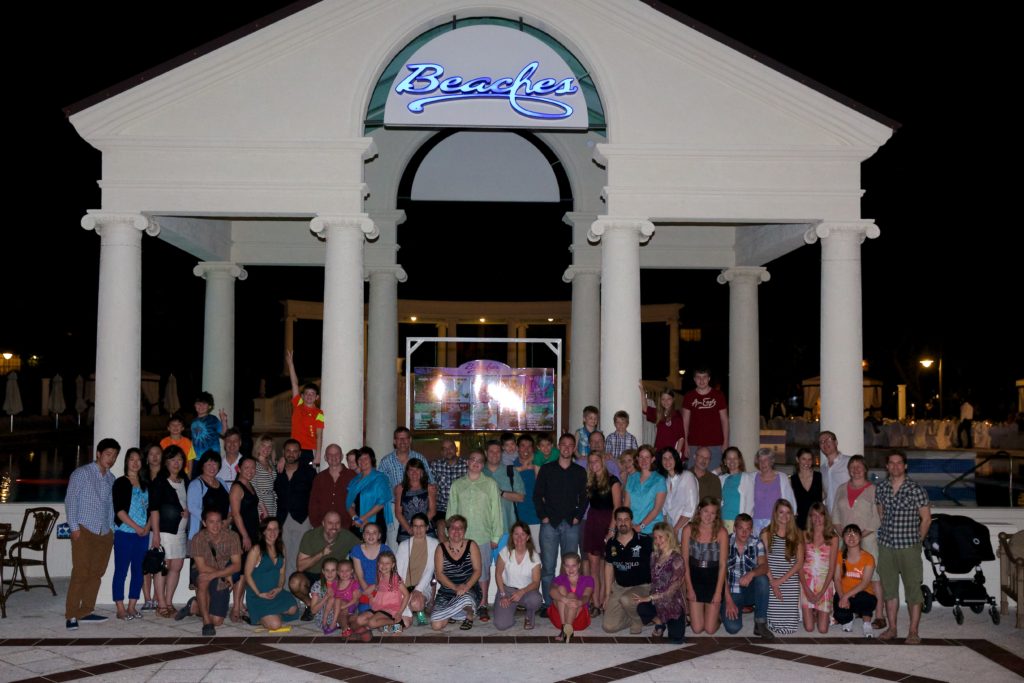
Course Content
Summary of content:
EDE 3 is a two full-day (or three partial-day) program usually held once per year that explores a variety of advanced point of care ultrasound applications.
Course Objectives
Upon completion of the course participants will:
- Explain advanced ultrasound physics and controls
- Perform scans to obtain quality images and demonstrate proper probe technique
- Clinically integrate data obtained from various advanced applications
- Explain the indications and limits of various advanced applications
- Use pulse wave and continuous wave doppler in various applications
- Complete simple assessments of cardiac wall motion abnormalities, diastology and valvulopathy
- Apply advanced techniques for assessing fluid volume/tolerance status
- Apply a variety of ultrasound guided regional anesthetic blocks
- Discuss ultrasound guided airway adjuncts
- Use ultrasound to help diagnose common gastrointestinal conditions including appendicitis, bowel obstruction, and diverticulitis
- Apply ultrasound to assess the shoulder and rotator cuff
- Use ultrasound to assess for thoracic aortic aneurysm
Participants start with a review of basic cardiac imaging and then get to explore the more advanced views. Several of the most popular nerve blocks will also be reviewed. For the rest of the scanning sessions, students get to choose what applications from the EDE 3 manual they wish to try at the ultrasound stations.
Specific applications available to participants:
Cardiac:
- RV cardiac assessment
- Cardiac wall motion abnormalities
- Cardiac Diastology
- Cardiac Valvulopathy
Regional anesthesia:
- popliteal sciatic
- superficial cervical
- paravertebral
- TAP
- posterior tibial
- interscalene
- erector spinae
Other applications:
- Appendicitis
- Bowel obstruction
- Cricothyrotomy assistance
- Endotracheal tube position confirmation
- Shoulder joint and rotator cuff
- Transesophageal Echo
- Transcranial scan for mass effect and subdural hemorrhage
- Testicular torsion
- Thoracic aortic aneurysm

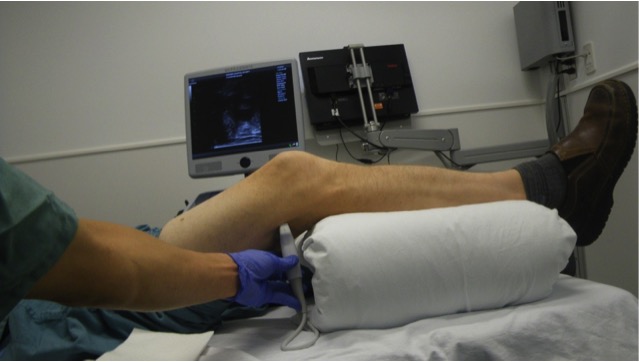

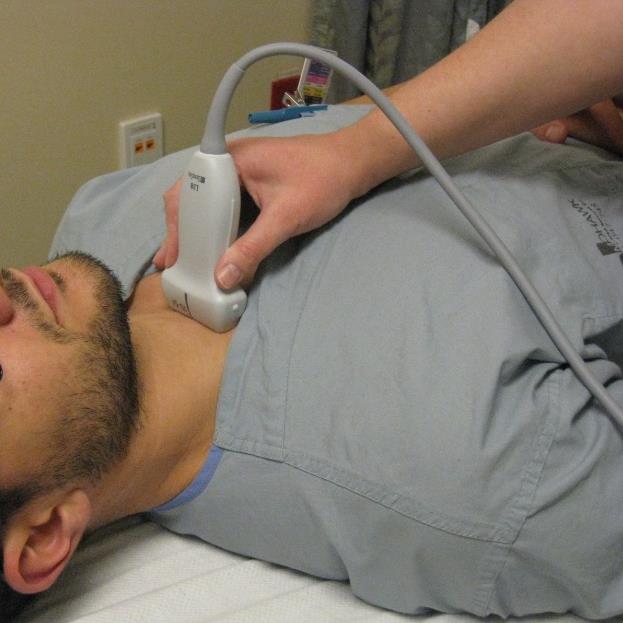
Educational Format
Participants will receive an instructional manual of all the applications along with select videos to watch prior to the course. During the in-person program, brief presentations will review the key applications and then participants will practice the scans on live models with one-to-one supervision by bedside instructors. Between one and three participants will be assigned to a live model station and each take turns scanning. Immediate feedback is provided on technique, image generation, troubleshooting the difficult scan, and clinical integration. During the scanning sessions learners may choose to concentrate their time on the applications they find to be of most use in their own practices.
Tentative Schedule Two-Day Version
| EDE 3 Tentative Schedule | |
| Day One | |
| 0900-0920 | Intro Talk |
| 0920-0940 | Review of PSL, PSS, A4C |
| 0940-1000 | Advanced Doppler and control talk |
| 1000-1020 | Diastology Talk |
| 1020-1030 | Break |
| 1030-1130 | Scan Live Models |
| 1130-1150 | Valvulopathy Talk |
| 1150-1250 | Scan Live Models |
| 1250-1330 | Lunch |
| 1330-1345 | Testicular Torsion Talk |
| 1345-1445 | Transcranial Talk |
| 1445-1510 | Shoulder Talk |
| 1510-1600 | Scan Live Models |
| 1600-1620 | Nerve Blocks Part One Talk |
| 1620-1730 | Scan Live Models |
| Day Two | |
| 0900-0915 | Intro Talk |
| 0915-0935 | Vexus for fluid assessment talk |
| 0935-1020 | Scan Live Models |
| 1000-1020 | GI applications talk |
| 1030-1130 | Scan Live Models |
| 1130-1150 | Thoracic Aorta Talk |
| 1150-1240 | Scan Live Models |
| 1240-1330 | Lunch |
| 1330-1345 | Nerve Blocks Part Two Talk |
| 1345-1445 | Scan Live Models |
| 1445-1510 | Airway application talk |
| 1510-1600 | TEE talk |
| 1600-1645 | Scan Live Models |
| 1645-1700 | Wrap up talk |
For resort courses a three day program may be available with morning and late afternoon sessions that leave the rest of the day free to enjoy the locale with family.
Post Course
Participants will receive a feedback survey and follow up questionnaire to determine how they have incorporated these skills into their practice and what challenges they may have encountered that prevented the use of specific applications.
